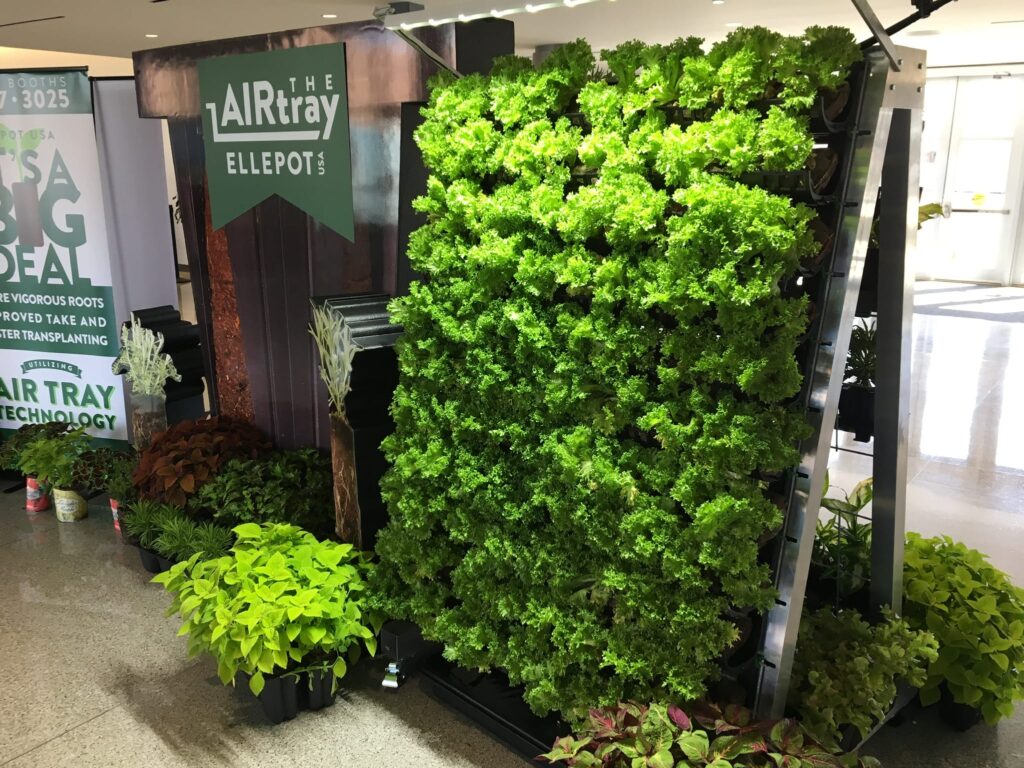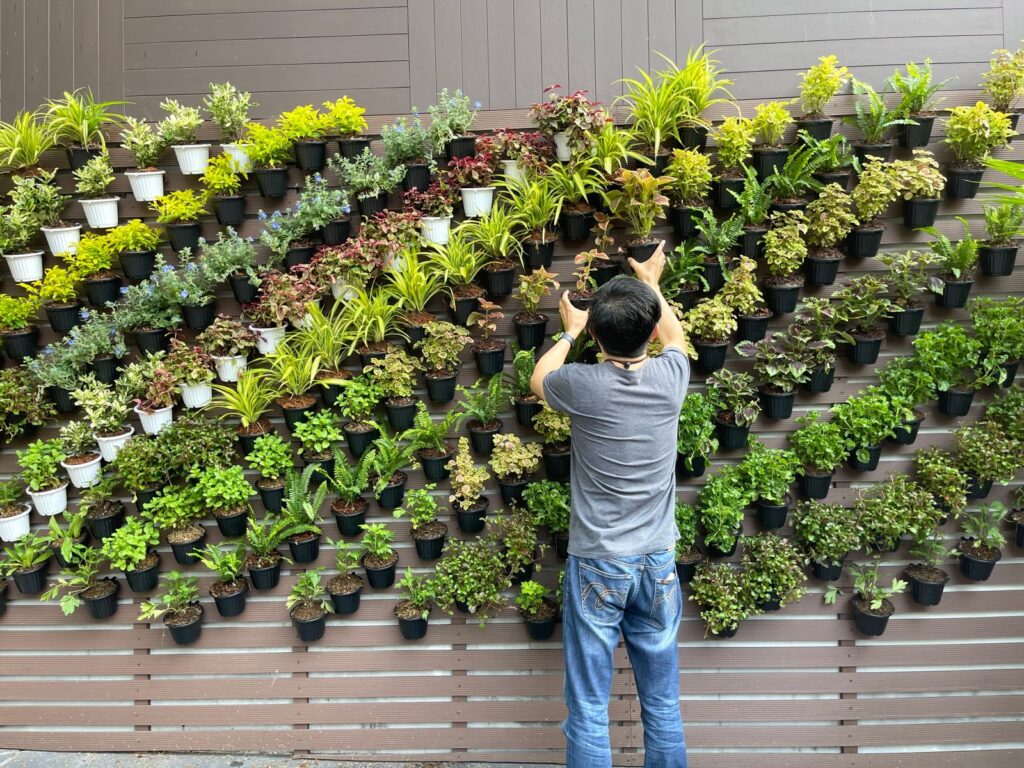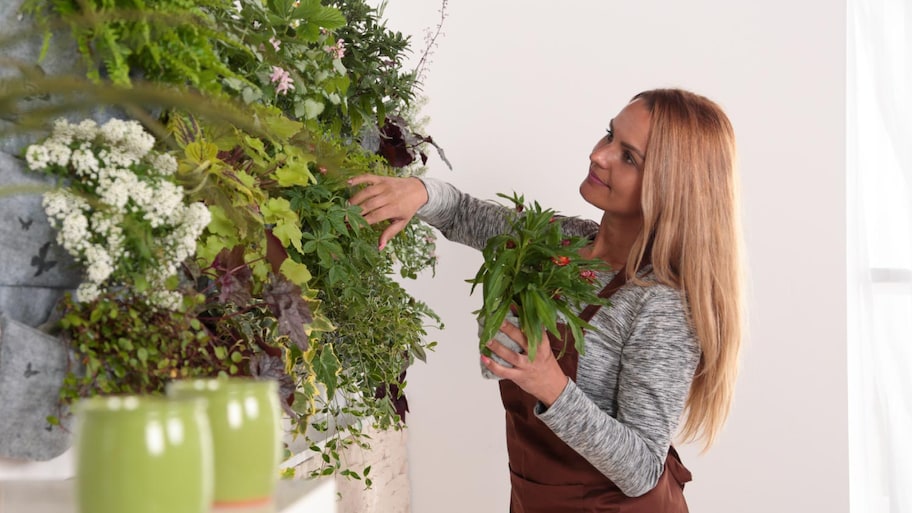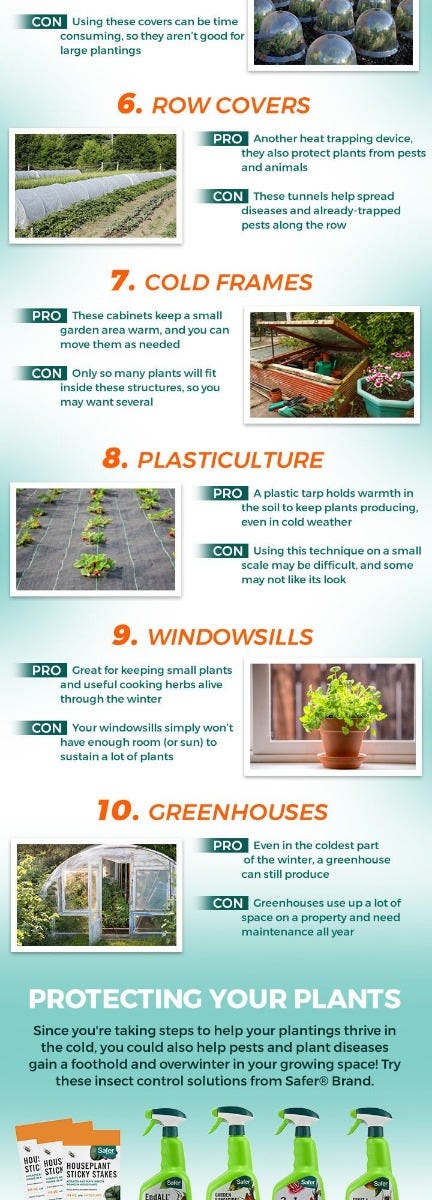If you’ve always dreamed of creating a stunning vertical garden but didn’t know where to start, look no further. This article provides you with easy-to-follow, step-by-step instructions to help you achieve your gardening goals. From selecting the right plants to designing the layout, these instructions will guide you in transforming any vertical space into a lush and vibrant oasis. Get ready to bring new life to your walls and experience the joy of cultivating a beautiful vertical garden.

Choosing the Right Location
When it comes to creating a successful vertical garden, choosing the right location is crucial. Assessing sunlight exposure is the first step in determining the feasibility of a location. Take note of how much direct sunlight the area receives throughout the day and whether it is suitable for the plants you have in mind. Some plants thrive in full sun, while others prefer partial shade.
Considering space constraints is another important factor to keep in mind. Take measurements of the available space and consider the height and width limitations. This will help you determine the size and number of plants that can be accommodated in the given area.
In addition to sunlight and space constraints, checking for structural support is essential. Vertical gardens can be heavy, especially when fully grown, so ensure that the walls or structures in the chosen location can support the weight. Seek professional advice if needed to ensure safety.
Lastly, evaluating wind patterns can help you anticipate how the vertical garden will be affected. Strong winds can damage or uproot plants, so it’s important to choose a location that is sheltered or implement measures to protect the plants, such as windbreaks.
Selecting Suitable Plants
Once you have chosen the ideal location, it’s time to select the plants that will thrive in your vertical garden. Identifying appropriate plant types is the first step. Consider the specific requirements of the plants, such as water needs, temperature tolerance, and soil type. This will ensure that you choose plants that are well-suited for your vertical garden.
Besides plant types, consider their growth habit as well. Some plants, like vines and climbers, are naturally inclined to grow vertically and will be a great addition to your garden. Others may need additional support or pruning to maintain their upright growth habit.
Choosing plants based on light requirements is crucial to their survival. Take note of the sun exposure in your chosen location and select plants that can thrive in those conditions. Plants that require full sun won’t thrive in shady areas, and vice versa. Selecting plants that match the lighting conditions will help ensure their success.
Considering maintenance needs is another important aspect of selecting suitable plants. Some plants require more frequent watering, fertilizing, or pruning than others. If you’re a busy gardener, choose low-maintenance plants that won’t require constant attention.
Building a Sturdy Support Structure
A sturdy support structure is essential for the success of your vertical garden. Determining the type of support system is the first step. There are various options, such as trellises, wire mesh, or wall-mounted panels. Choose a support system that suits your design aesthetic and meets the requirements of your plants.
Selecting the materials for the structure is also important. Depending on your budget and design preferences, you can choose from materials such as wood, metal, or plastic. Ensure that the materials are durable and can withstand the weight of the plants.
Measuring and marking for installation is crucial to ensure that the support structure is properly installed. Use a measuring tape to determine the height and width of the area where the structure will be installed. Mark the spots where the support anchors or brackets will be placed to ensure proper alignment and spacing.
Building the framework is the final step in creating a sturdy support structure. Follow the manufacturer’s instructions or consult with a professional if needed to ensure that the structure is assembled correctly. Make sure all components are securely attached and stable before proceeding to the next steps.
Preparing the Vertical Garden
With the support structure in place, it’s time to prepare the vertical garden for planting. Creating pockets or containers for plants is a popular method in vertical gardening. This can be done by attaching pots, planter boxes, or even old shoe organizers to the support structure. Ensure that the containers are securely fastened and provide adequate space for plant growth.
Installing an irrigation system is essential for the health and maintenance of your vertical garden. This can be as simple as attaching a drip irrigation system to the support structure or setting up a self-watering system. Make sure the system is properly installed and allows for even distribution of water to all plants.
Using a geotextile fabric for moisture retention is a useful technique in vertical gardening. This fabric acts as a barrier between the soil and the wall, preventing excess moisture from damaging the structure. It also helps retain moisture in the soil, reducing the frequency of watering.
Adding a drainage system is also important to prevent waterlogging and ensure proper drainage. This can be achieved by drilling holes in the containers or using pots with built-in drainage systems. Ensure that the drainage system is in place before adding the soil and plants.

This image is property of storables.com.
Planting the Vertical Garden
Now comes the exciting part – planting your vertical garden! Start by placing the plants in their designated spots. Consider the size and growth habit of each plant, ensuring that they have enough space to grow vertically without crowding each other. This will allow your vertical garden to be visually appealing and prevent competition for resources.
Ensuring proper spacing is crucial for the health and growth of your plants. Most plants require a certain amount of spacing to allow for proper air circulation and prevent the spread of diseases. Refer to the planting instructions for each plant and follow the recommended spacing guidelines.
Providing support for climbing plants is essential to help them grow vertically. Install trellises, stakes, or other support structures in advance to ensure that the climbing plants have something to latch onto. This will encourage upward growth and prevent sprawling or tangling.
Securing the plants in place is the final step in planting your vertical garden. Use plant ties, clips, or hooks to secure the plants to the support structure. Be gentle when securing the plants to avoid damaging their stems or leaves. Regularly check the plants and adjust the ties as needed to accommodate their growth.
Maintaining the Vertical Garden
To ensure the long-term success of your vertical garden, regular maintenance is necessary. Watering and fertilizing are essential tasks to keep your plants healthy. Water according to the specific needs of each plant, taking into consideration factors such as temperature, sunlight, and humidity. Similarly, fertilize the plants according to their specific requirements to provide them with the necessary nutrients for growth.
Monitoring for pests and diseases is important to catch any problems early and prevent them from spreading. Regularly inspect your plants for signs of pests or diseases, such as holes in the leaves or discoloration. Take prompt action if you notice any issues, such as pruning affected areas or using organic pest control methods.
Trimming and pruning are necessary maintenance tasks for vertical gardens. As plants grow, they may become unruly or outgrow their designated spaces. Regularly trim back any overgrowth or prune to maintain the desired shape and size of the plants. This will help prevent overcrowding and ensure proper airflow.
Replacing or relocating plants as needed is another aspect of maintaining your vertical garden. Some plants may not thrive in their designated spots or may outgrow their container. It’s important to be flexible and make changes as necessary to ensure the overall health and aesthetics of your garden.

This image is property of www.tuincentrumoverzicht.nl.
Tips for Design and Aesthetics
Creating an aesthetically pleasing vertical garden involves careful planning and attention to detail. Consider these tips to enhance the overall design:
-
Creating a color scheme: Choose plants with complementary or contrasting colors to create visual interest. Consider the overall color palette of your vertical garden to create a cohesive and visually appealing look.
-
Balancing vertical elements: Vary the height and placement of plants to create a balanced composition. Mix trailing plants with upright plants to add depth and dimension to your vertical garden.
-
Incorporating different textures: Choose plants with different leaf textures and shapes to create visual and tactile interest. Mix plants with smooth leaves, fuzzy leaves, and spiky leaves for a diverse and interesting display.
-
Adding decorative elements: Enhance the aesthetics of your vertical garden by incorporating decorative elements such as small garden ornaments, hanging lanterns, or artistic sculptures. These elements can add a personal touch and make your vertical garden unique.
Vertical Garden Ideas and Inspiration
Need some inspiration for your vertical garden? Consider these ideas:
-
Vertical herb garden for the kitchen: Grow your favorite culinary herbs on a kitchen wall to have fresh herbs at your fingertips while cooking. Choose herbs that have similar water and sunlight requirements for a low-maintenance option.
-
Flowering vine wall: Create a stunning display of flowering vines by covering a wall or trellis with climbing plants such as jasmine, morning glories, or clematis. Enjoy a beautiful wall of flowers and attract pollinators to your garden.
-
Succulent wall art: Use hardy succulent plants to create living wall art. Their unique shapes and colors make them perfect for creating visually stunning displays. Choose a combination of trailing and rosette-forming succulents for a dynamic composition.
-
Vertical vegetable garden: Grow your own vegetables even in limited space by creating a vertical vegetable garden. Choose compact varieties of tomatoes, peppers, herbs, and lettuces to maximize your harvest in a small area.

This image is property of media.angi.com.
Troubleshooting Common Issues
Even with proper planning and maintenance, issues can arise in a vertical garden. Here are some common issues and how to troubleshoot them:
-
Plant stress due to inadequate lighting: If your plants are not receiving enough light, they may become stressed and show signs of poor growth or discoloration. Consider relocating your vertical garden to a sunnier location or choose plants that are more tolerant of lower light conditions.
-
Overwatering and drainage problems: Overwatering can lead to root rot and other moisture-related issues. Ensure that your vertical garden has proper drainage and that excess water can flow out freely. Monitor the moisture levels of the soil and adjust your watering schedule accordingly.
-
Pest infestations: Aphids, mealybugs, and other pests can infest your vertical garden and damage your plants. Check your plants regularly for signs of pests and take appropriate measures to control them. This can include using organic pest control solutions, introducing beneficial insects, or manually removing the pests.
-
Poor plant selection: If your plants are not thriving or are struggling to grow in your vertical garden, it may be a result of poor plant selection. Evaluate the specific needs of your plants and make adjustments as necessary. Consider replacing plants that are not suitable for the given conditions with more appropriate options.
Benefits of Vertical Gardens
Vertical gardens offer several benefits that make them a popular choice for both indoor and outdoor spaces. Here are some of the key benefits:
-
Maximizing limited space: Vertical gardens allow you to make the most of limited space, making them ideal for small yards, balconies, or even indoor settings. By utilizing vertical space, you can create a lush and vibrant garden without sacrificing valuable square footage.
-
Improving air quality: Plants naturally filter the air by absorbing carbon dioxide and releasing oxygen. A vertical garden can help improve air quality by introducing more plants into your space. This can be particularly beneficial in urban environments with limited green spaces.
-
Reducing heat absorption: Vertical gardens can act as a natural insulation layer, reducing heat absorption on exterior walls. This can help regulate the temperature of your home or building, resulting in energy savings and a more comfortable interior environment.
-
Providing insulation and noise reduction: The layer of plants in a vertical garden can provide insulation, reducing heat loss or gain in buildings. Additionally, the plants can help absorb and block external noise, creating a quieter and more peaceful environment.
In conclusion, creating a stunning vertical garden requires careful planning and attention to detail. By choosing the right location, selecting suitable plants, building a sturdy support structure, and following the step-by-step instructions for preparation, planting, and maintenance, you can achieve a vibrant and flourishing vertical garden. Remember to troubleshoot any issues that may arise and enjoy the numerous benefits that vertical gardens have to offer.
Don’t wait any longer! Order your Organic Non-GMO Heirloom Vegetable Garden Seeds online today and start growing your own delicious and sustainable garden. Whether you have a green thumb or are just starting out, our seeds will provide you with the satisfaction of growing your own fresh and healthy produce. Happy gardening!




